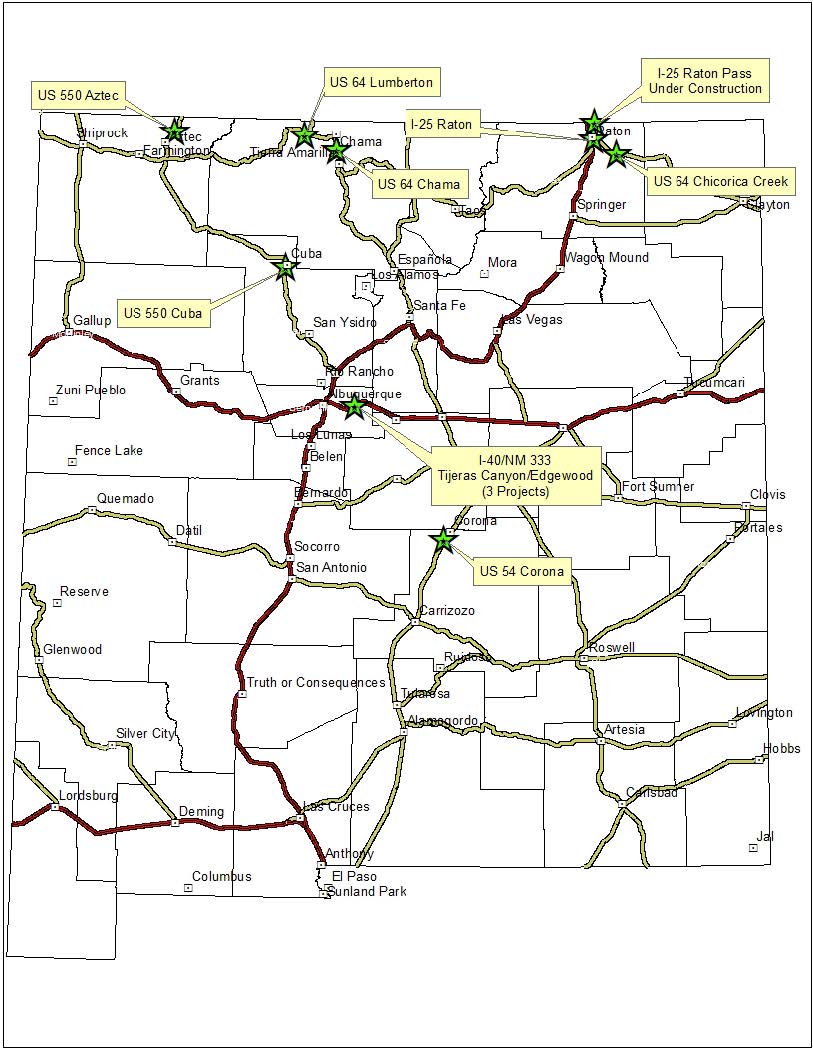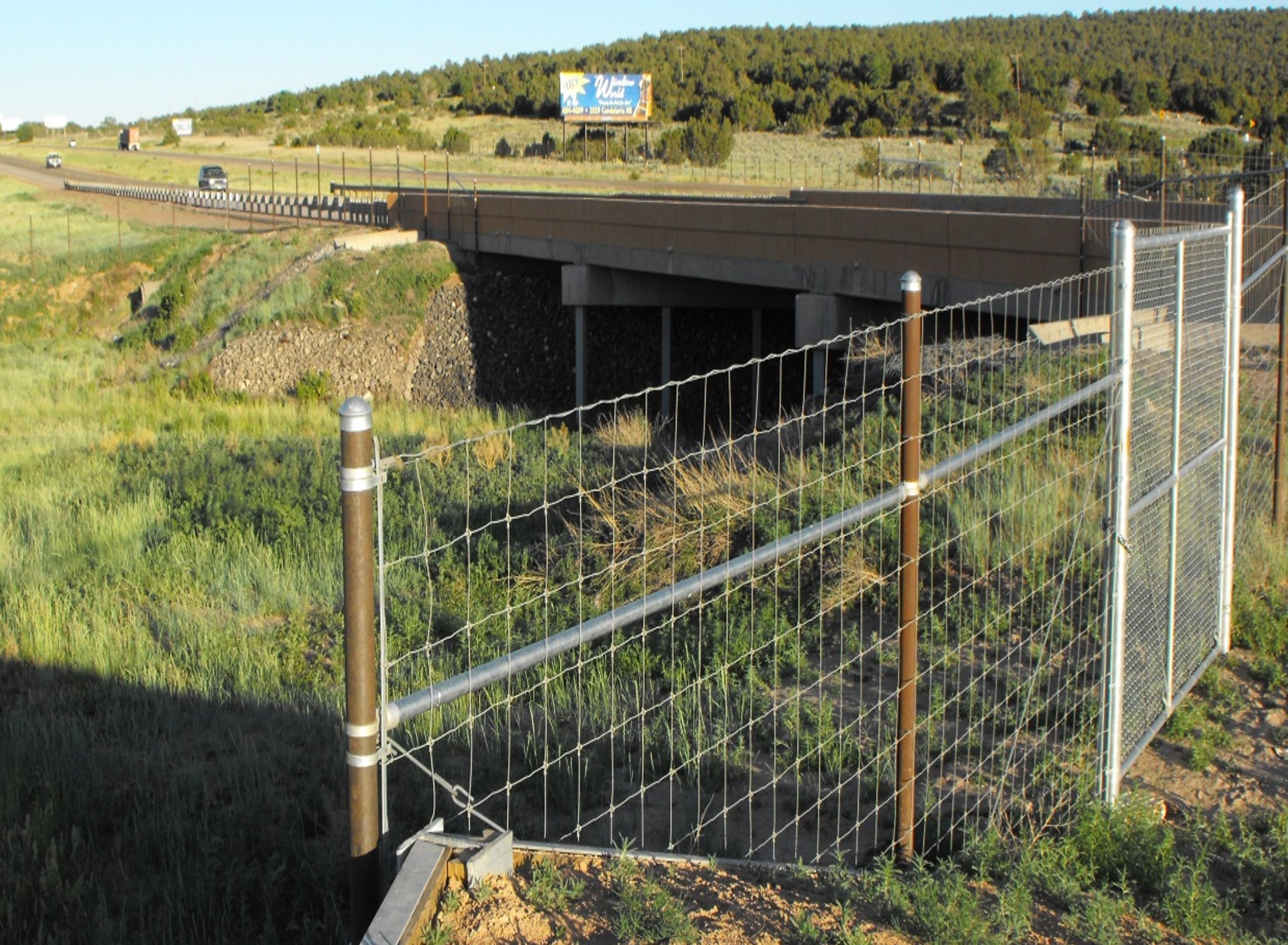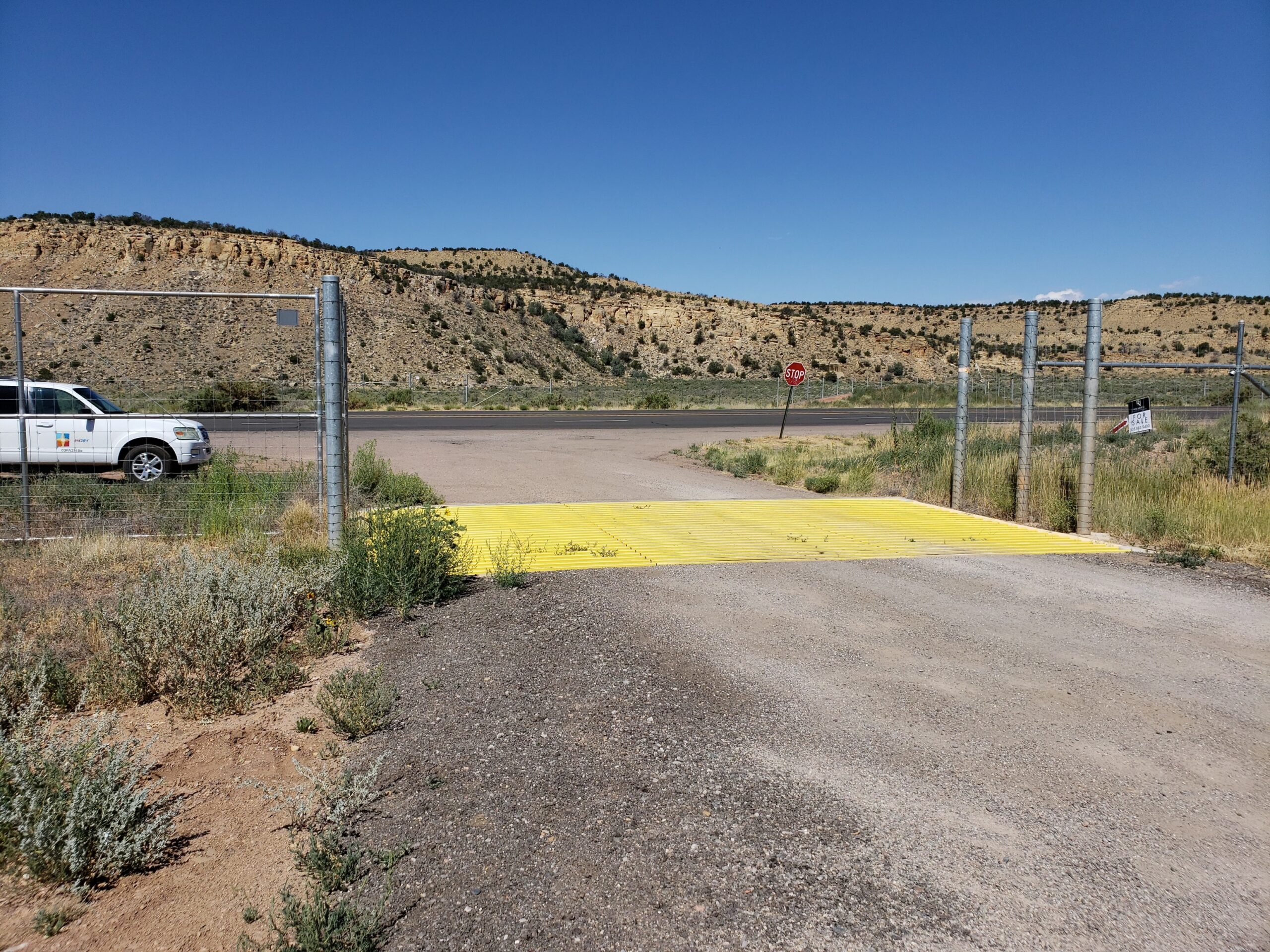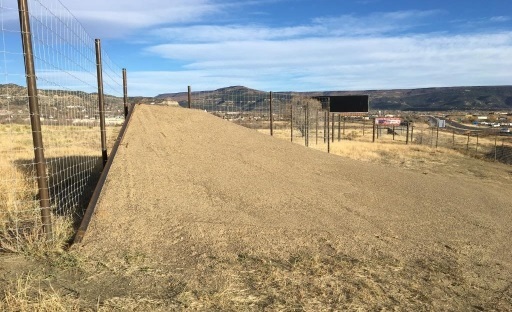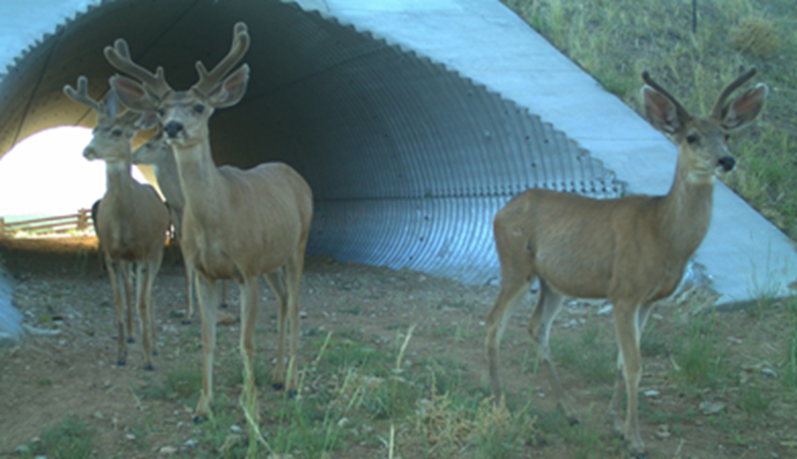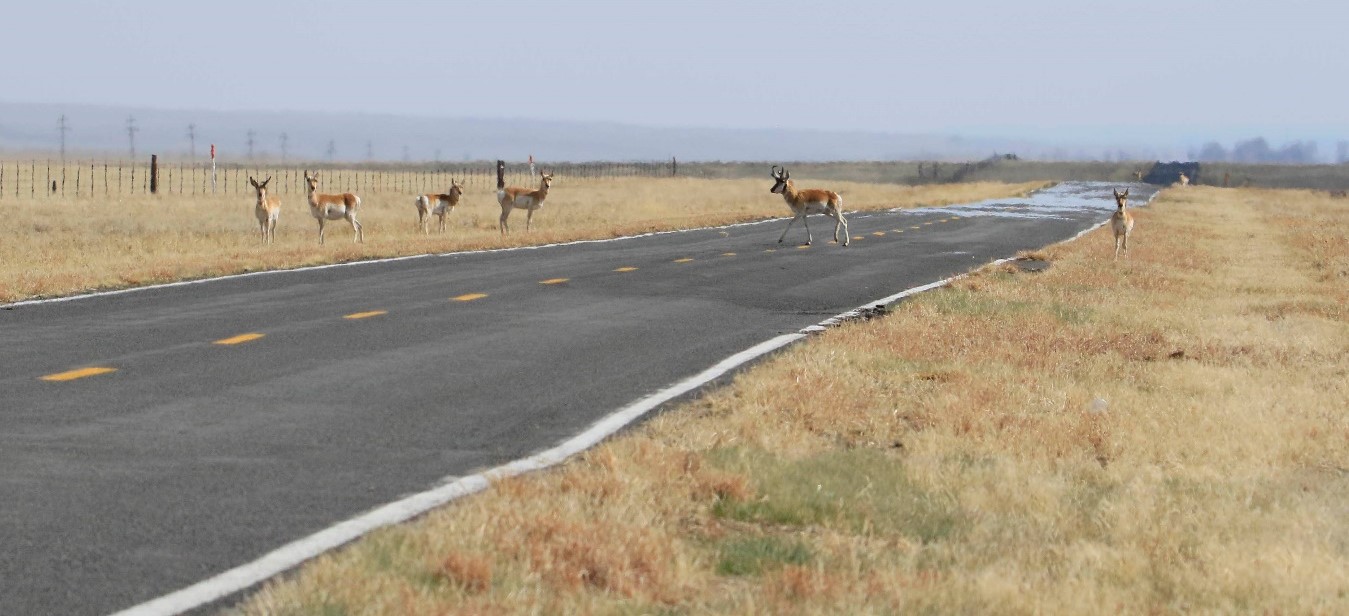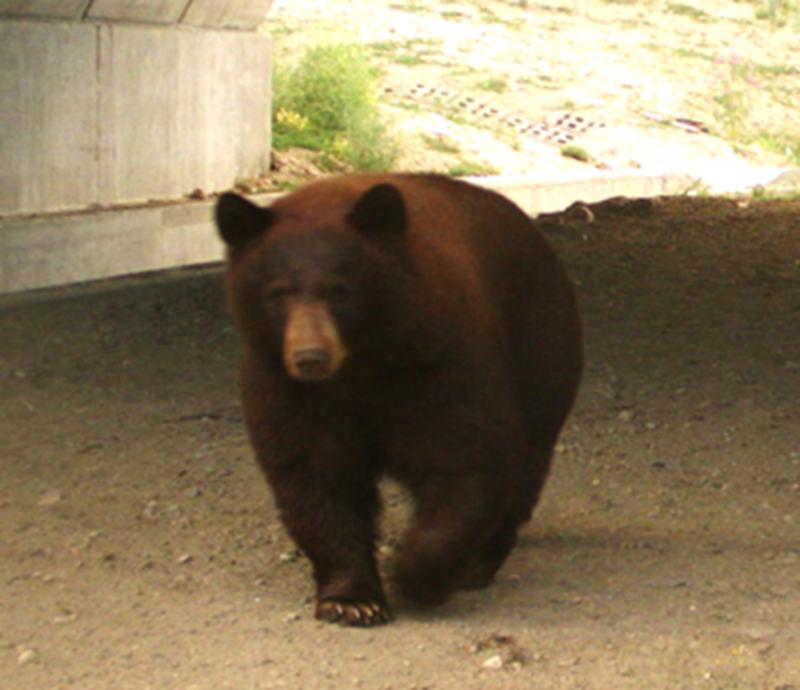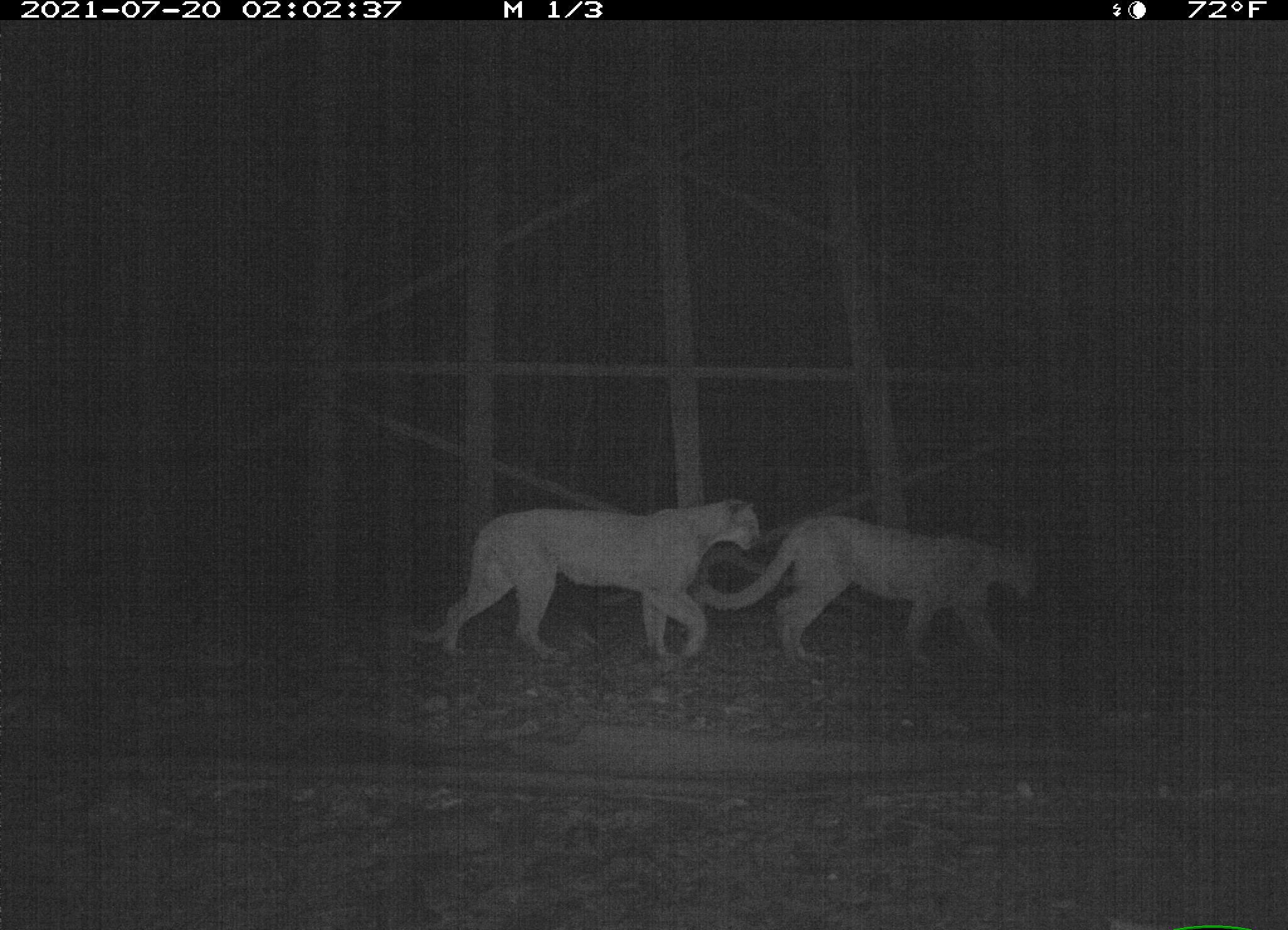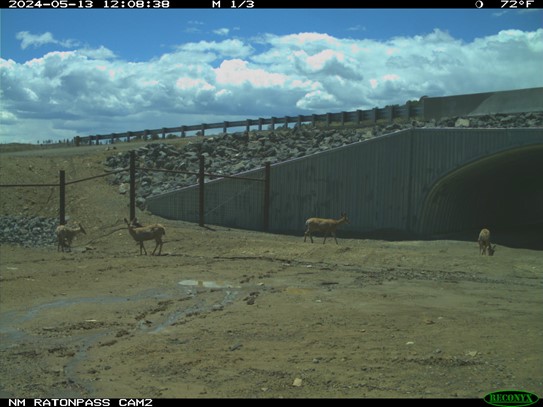Program Overview

WILDLIFE CORRIDORS, as defined in the Wildlife Corridors Act, are “areas used routinely by wildlife to travel through their habitat, and include corridors used by migrating wildlife.”
Wildlife Corridors Action Plan
New Mexico Senate Bill 228, which was enacted in 2019, directed the New Mexico Department of Transportation (NMDOT) and New Mexico Department of Game and Fish (NMDGF) to develop the New Mexico Wildlife Corridors Action Plan (Plan). This Plan was finalized in 2022 and identifies wildlife-vehicle collision hotspots and wildlife corridors that bisect NMDOT roads. A list of priority projects are identified in the Plan that includes both wildlife-vehicle collision (WVC) hotspots and wildlife corridors. The Plan focuses primarily on six large mammals: elk, deer, black bear, bighorn sheep, pronghorn antelope, and mountain lion. However, other sensitive species and confounding factors were also taken into consideration when developing the priority project list. This Plan helps NMDOT prioritize efforts to protect the traveling public and provide safe wildlife passage.
Projects in Action
How has NMDOT Improved Wildlife-Vehicle Collisions So Far?
This summary outlines the New Mexico Department of Transportation’s (NMDOT) efforts to mitigate wildlife-vehicle collisions (WVCs) through innovative infrastructure projects. Below are highlights of two significant projects and their outcomes:
I-25 RATON PASS
Location: Colfax County, Interstate 25, Raton Pass.
Project Features:
- Addressed rockfall and settlement issues.
- Installed over six miles of game fencing, wildlife escape ramps, and double cattle guards.
- Built two 32-foot-wide arched wildlife underpasses for safe crossings.
IMPACT: Collected 102 deer carcasses in two years before the project.
Recorded a 60% reduction in carcasses over the two years after construction.
US 550 NORTH OF AZTEC
Location: Near the Colorado border, north of Aztec, New Mexico.
Project Features:
- Replaced three metal culverts with larger concrete box culverts.
- Installed three miles of 8-foot-tall woven wire game fencing to prevent wildlife access to the roadway and guide animals to safe crossing points.
- In 2022, added game guards (double cattle guards) at driveway entries to further enhance wildlife exclusion.
IMPACT: Achieved an 80% reduction in deer carcass collections after project completion. Further reductions in WVCs following the 2022 game guard installation.
WILDLIFE MITIGATION PROJECTS – Map showing completed and planned NMDOT wildlife-vehicle collision mitigation projects since 1998. (Click to enlarge map)
ADDITIONAL EFFORTS
NMDOT has undertaken several other WVC mitigation projects as standalone initiatives or integrated into larger roadway improvement efforts, demonstrating a consistent commitment to improving driver and wildlife safety.
Learn about the US 550 Wildlife Crossing Project!
A segment of US 550 north of Cuba was identified as the highest priority wildlife-vehicle collision hotspot in the Plan. A project is in design development and will entail the construction of New Mexico’s first wildlife overpass.
Program Resources
Watch the video above. Chad Loberger, from Arizona Game and Fish, explains the role animal crossings play in the safety of wildlife and the traveling public. This crossing, near Raton, New Mexico, is being used to study the behavior of large game at crossings while reducing the risk of vehicles colliding with animals in the area.
Watch the video above. This video shows elk using an escape ramp on I-25 at Raton Pass. Due to an accidental break in the wildlife exclusion fencing, these elk became entrapped within the road right-of-way. The escape ramp allowed the elk to exit safely.
Watch the video above. The Rocky Mountain Elk Foundation, Bureau of Land Management Taos Field Office, NMDOT, and the N.M. Game and Fish collaborated to install lay-down fencing within the Rio Grande del Norte National Monument on the Taos Plateau along US 285. The lay-down fencing provides safe passage through a key migration corridor making crucial winter range more accessible for wildlife.
Program Contact
James Hirsch, NMDOT Wildlife Coordinator
P.O. Box 1149
1120 Cerrillos Rd, Rm 205
Santa Fe, NM 87504-1149
Phone: 505-469-5535
Email: james.hirsch@dot.nm.gov

